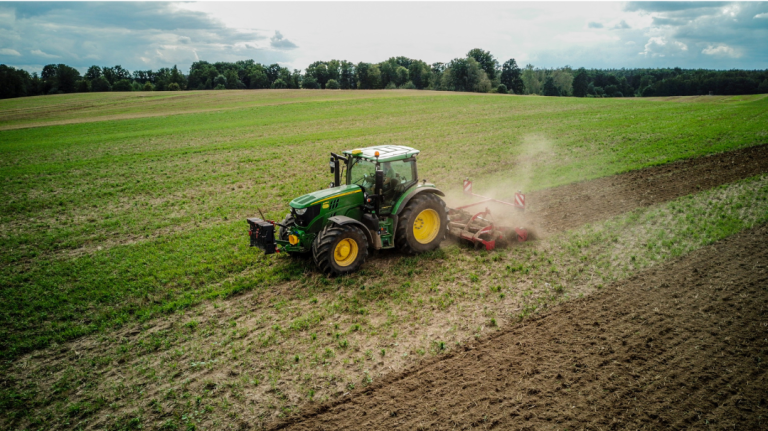
The statistics around farm fatalities and workplace injuries are truly sobering.
According to the Health and Safety Executive (HSE), agriculture, forestry, and fishing had a fatal injury rate last year that was 21 times higher than the national average. This sector also recorded the second-highest number of fatalities of any industry and the highest percentage of non-fatal workplace injuries, with roughly 9,000 incidents—equivalent to 3,730 per 100,000 agricultural workers.
At a recent farm safety day in Leicestershire, Phillip Smith, a senior health and safety consultant at NFU Mutual Risk Management Services, expressed concern that the actual situation might be worse than these figures suggest. He referenced an HSE paper indicating that while 95% of serious accidents in most industries are reported under the Reporting of Injuries, Diseases and Dangerous Occurrences Regulations, this figure could be as low as 17% in agriculture.
However, there are several simple measures that can be implemented on farms to improve safety, reduce these numbers, and advance the industry.
Maintenance
To comply with HSE regulations, all farm equipment should be well-maintained, serviced, and in good working condition, advised Mr. Smith. Farm managers should prioritise checking equipment that could cause serious injury if it malfunctions, such as feed mixers, straw choppers, or PTO shafts on tractors.
Using Tilly Trailer tests is recommended, and if this isn’t feasible, at least ensure the brakes are tested on-farm, referring to the manual as a minimum. Reading equipment manuals is also advised to ensure proper understanding of machinery, and staff should document this.
“Different people have different training needs,” Mr. Smith said. “Treat them like adults, provide the specific training they need, and have them sign off on it.”
Moving Vehicles
Installing convex mirrors on building corners can significantly improve visibility on farms. Additionally, using maps to mark where buildings, vehicles, and pedestrians are typically located can help. For areas where vehicles and pedestrians intersect, additional safety measures should be implemented.
Some larger businesses in the fresh produce sector with high staff numbers are already setting specific time periods for vehicle movements and timed breaks for workers to cross on foot. “Around 60% of all work-related tractor accidents occur when a vehicle is reversing,” Mr. Smith noted. Visibility behind tractors is poor, so workers should avoid being within 10 meters of a reversing vehicle.
Implementing Safe Stop practices, designed by the agricultural industry to reduce deaths, is also crucial:
- Engage handbrake
- Controls in neutral
- Switch off engine
- Remove key
Mr. Smith acknowledged some minor exceptions but emphasised that machinery must be turned off if work involves any moving parts. “You have to be pragmatic about how you work with machinery,” he stated.
Slurry Lagoons
Slurry pits and lagoons pose significant safety risks due to gases and soft, permeable surfaces. Rob Cross, a rural crime officer for Leicestershire Police, recounted an incident where a dog walker nearly drowned after falling into a slurry pit. Proper fencing, positioning lagoons away from public access, and installing covers are essential safety measures.
The Farm Safety Foundation advises staying outside of any building or store in case of an accident or collapse in a slurry store, stopping the pump, and contacting emergency services.
Children on Farms
HSE guidance states that “farms are not playgrounds,” and children should be kept away from hazardous areas like chemical stores, slurry pits, sheep dips, grain bins, and machinery. From 1st January, HSE has enforced regulations prohibiting children aged 13 and under from being on agricultural machinery.
“Having a sign indicating children on the farm is not sufficient,” Mr. Smith emphasised. “Children are not allowed in the workplace in any other industry sector.”
Insurance Claims and Fines
Proper documentation is crucial. If an insurance claim is made, the insurance company will likely request relevant documents related to the work being carried out. Without these, making a claim can be much more difficult.
Mr. Smith explained, “They will want to see an accident book entry, a signed risk assessment, a signed system of work, and a signed safety policy.” He also noted that HSE is imposing larger fines on farms, which is not surprising given the number of serious accidents in agriculture. “If there is a fatality on a farm today, it could lead to a courtroom case.”

